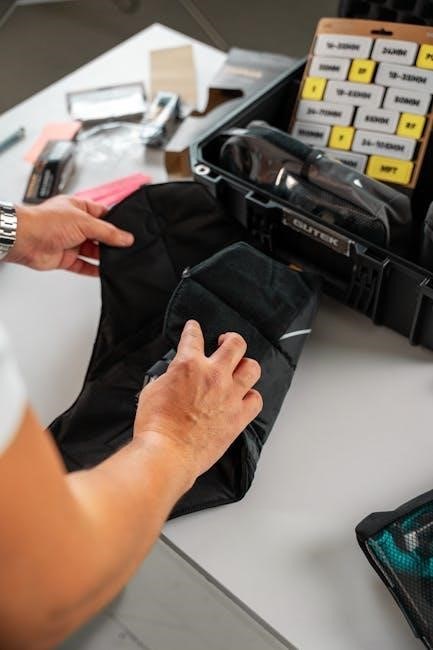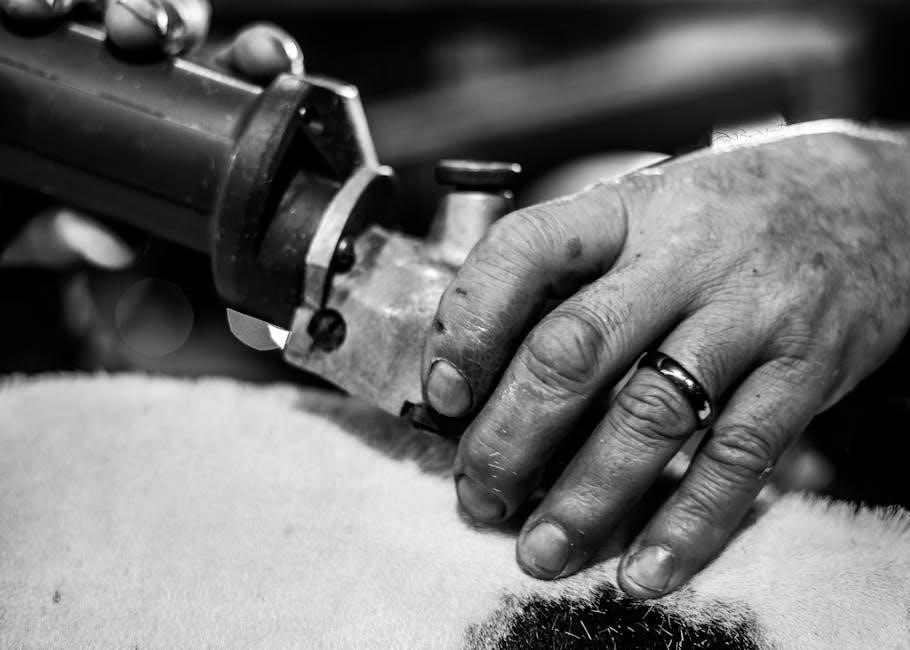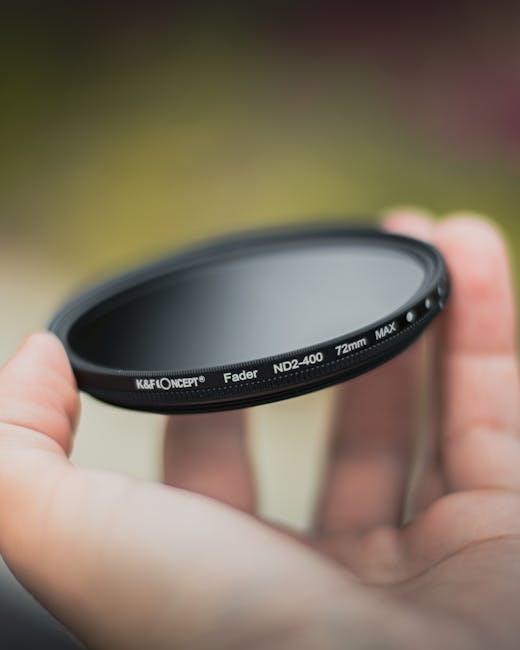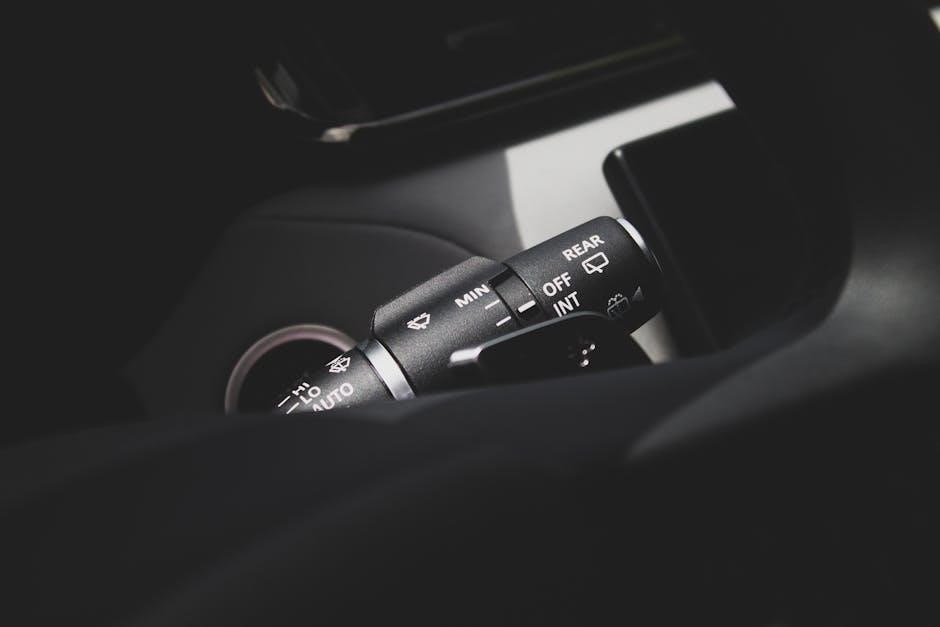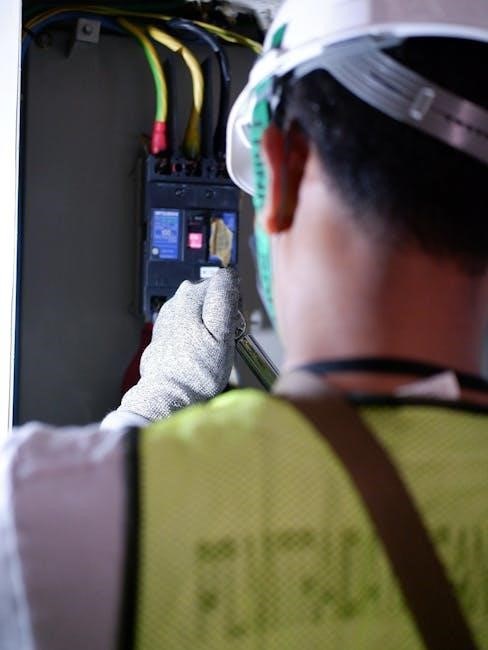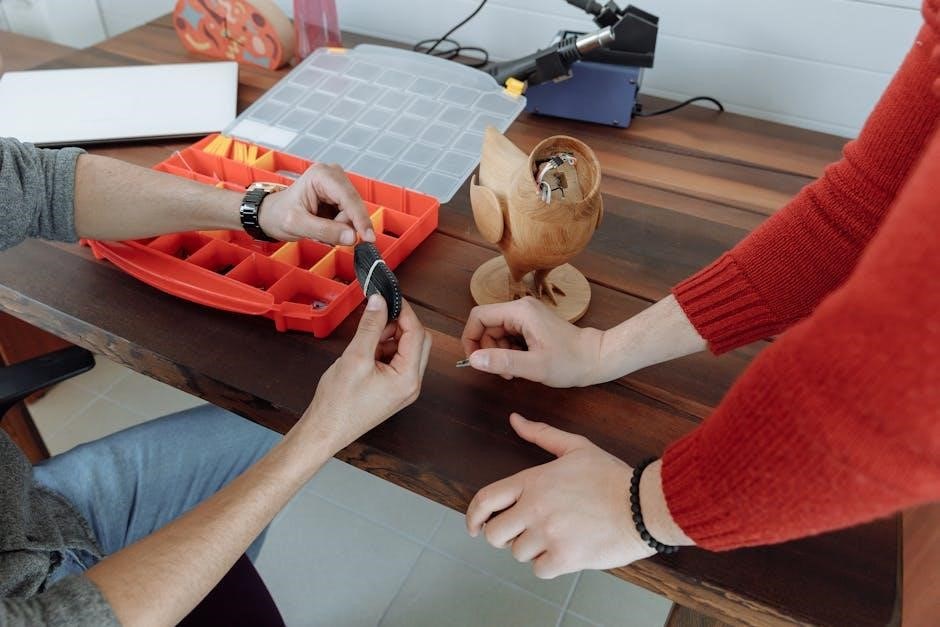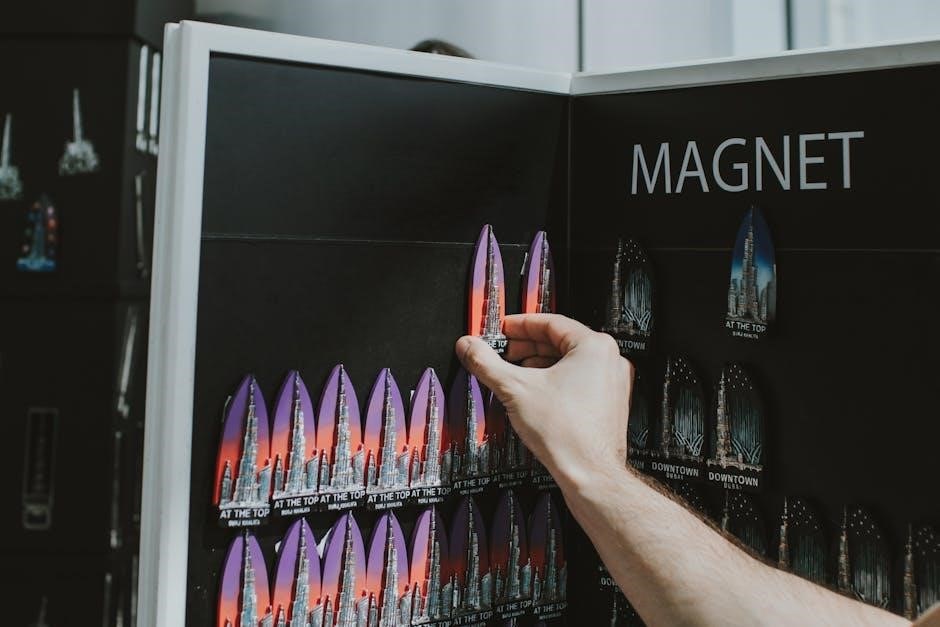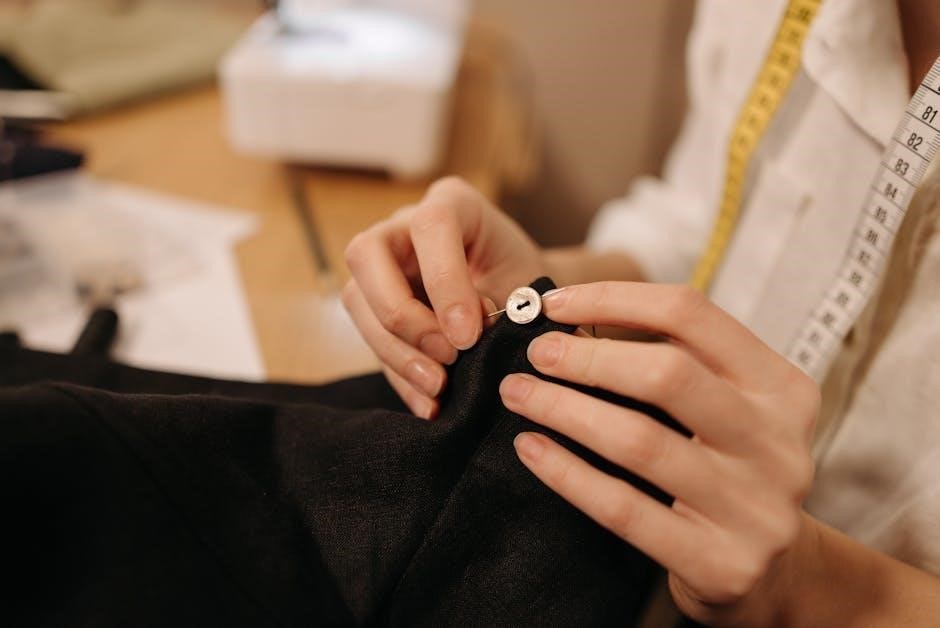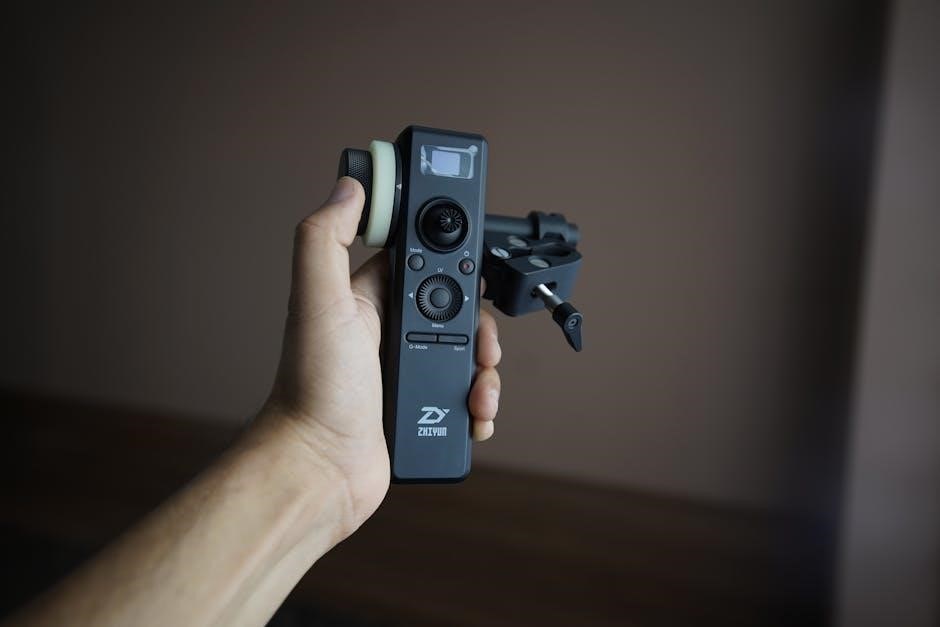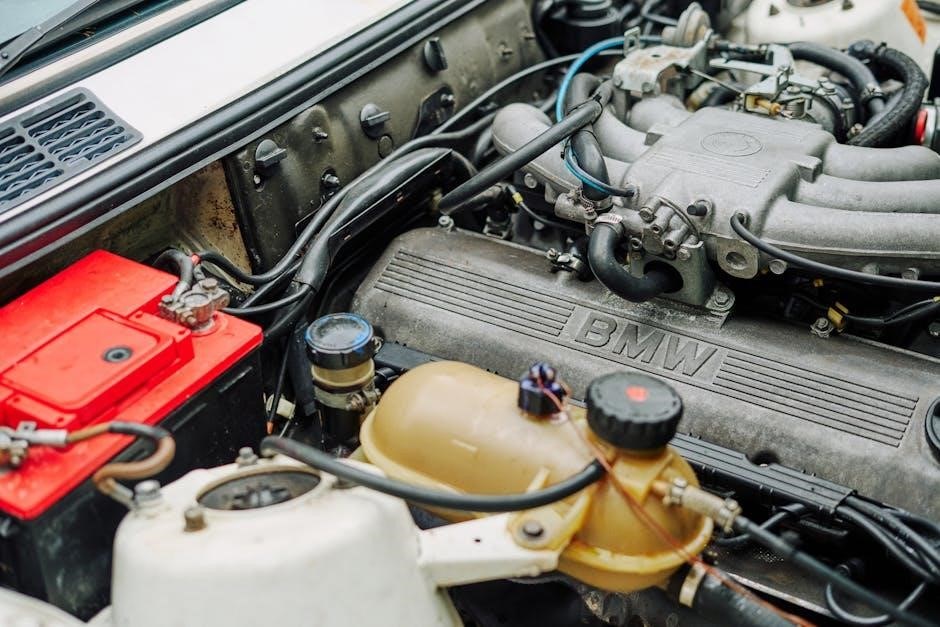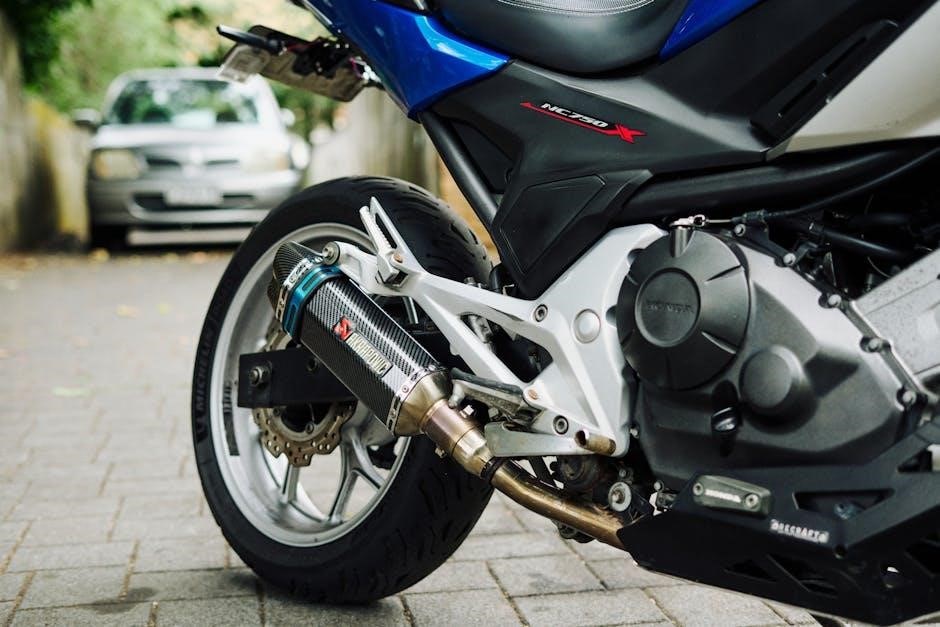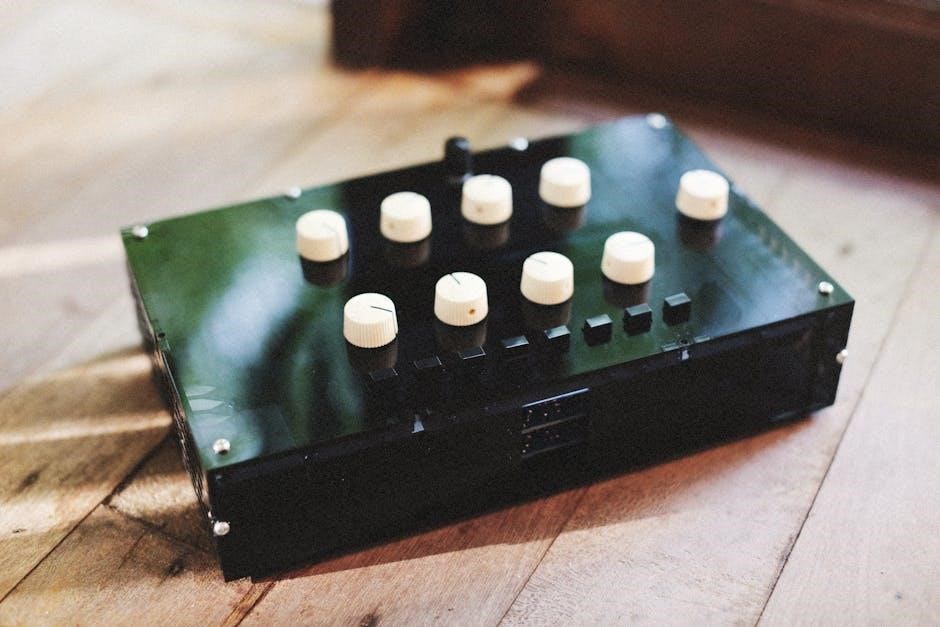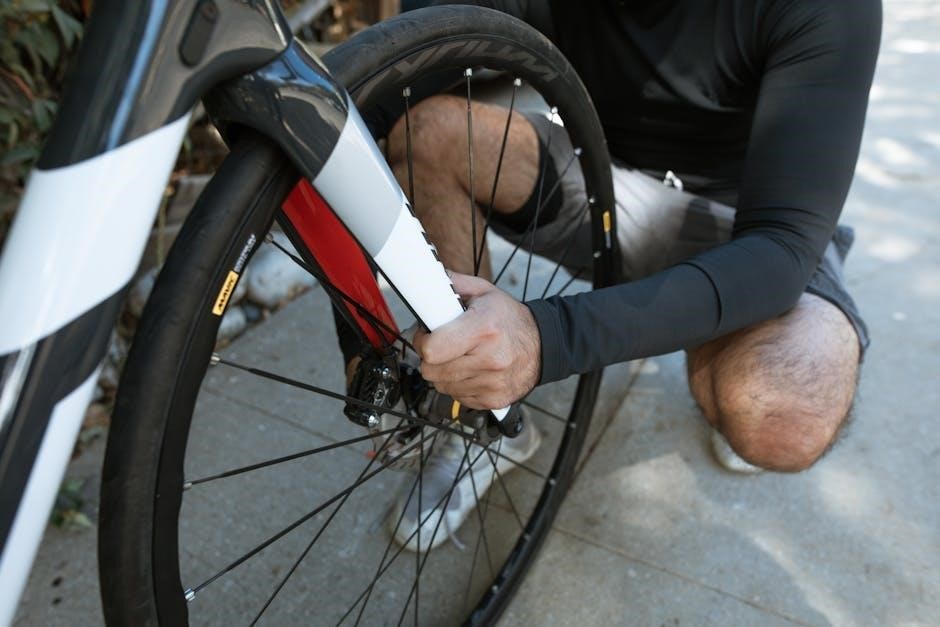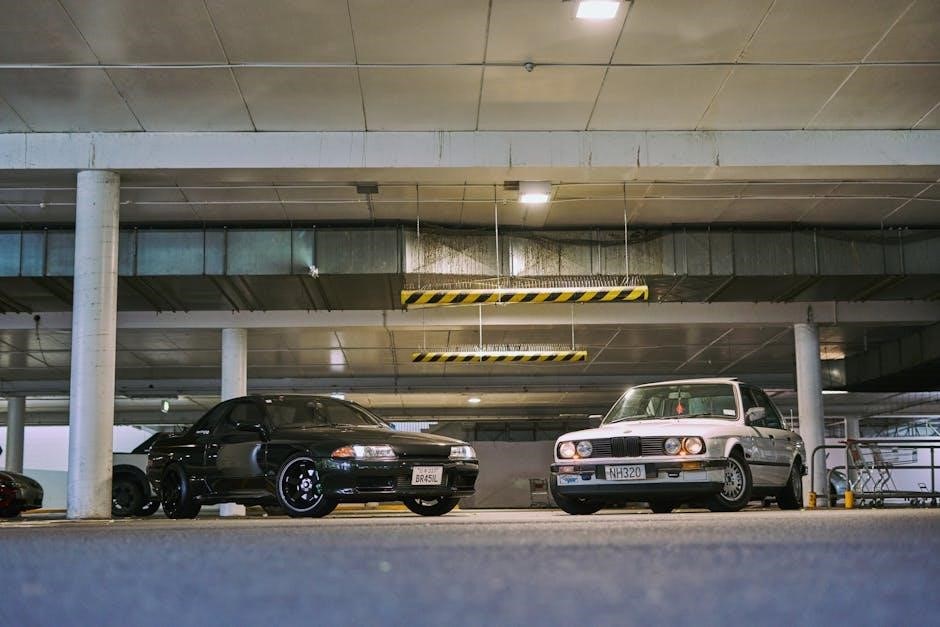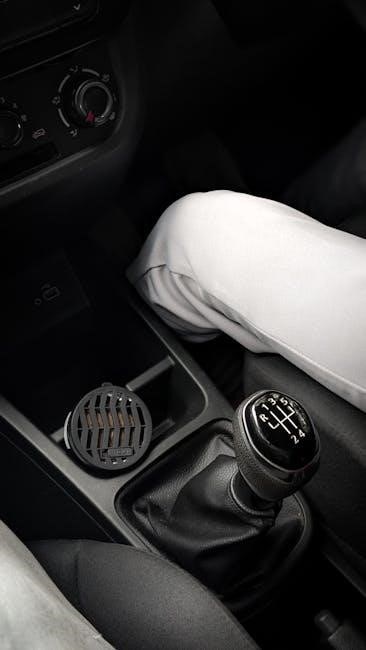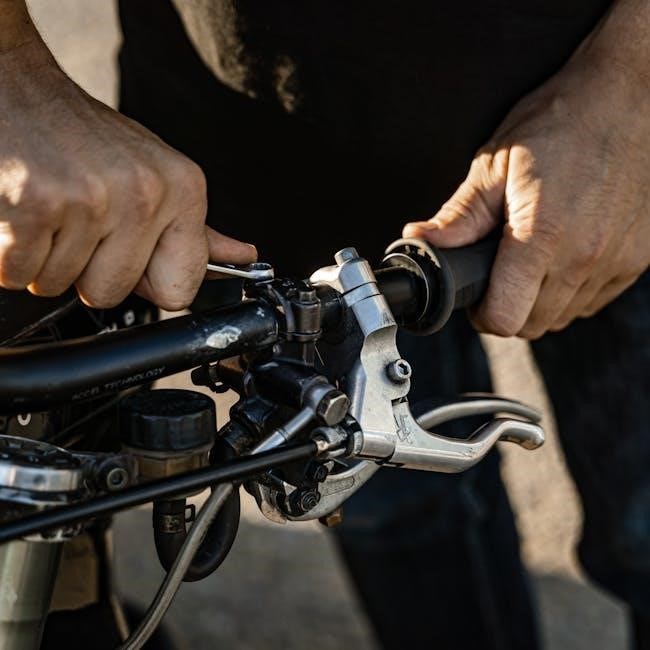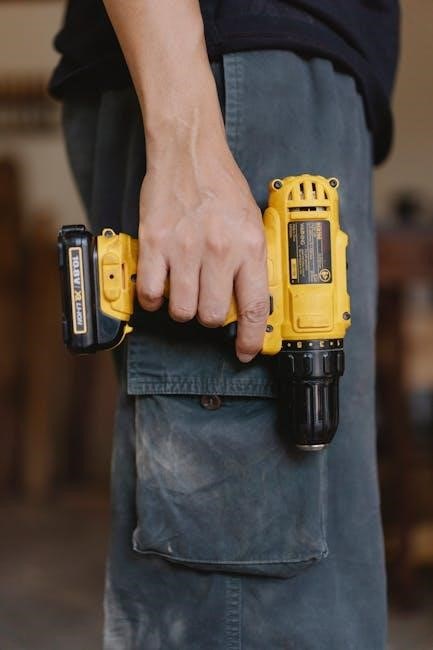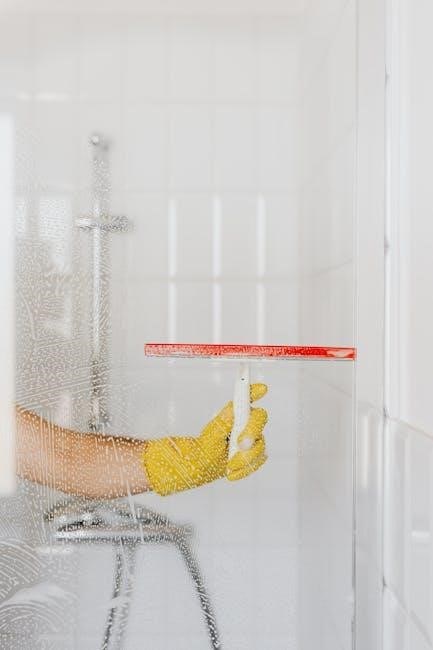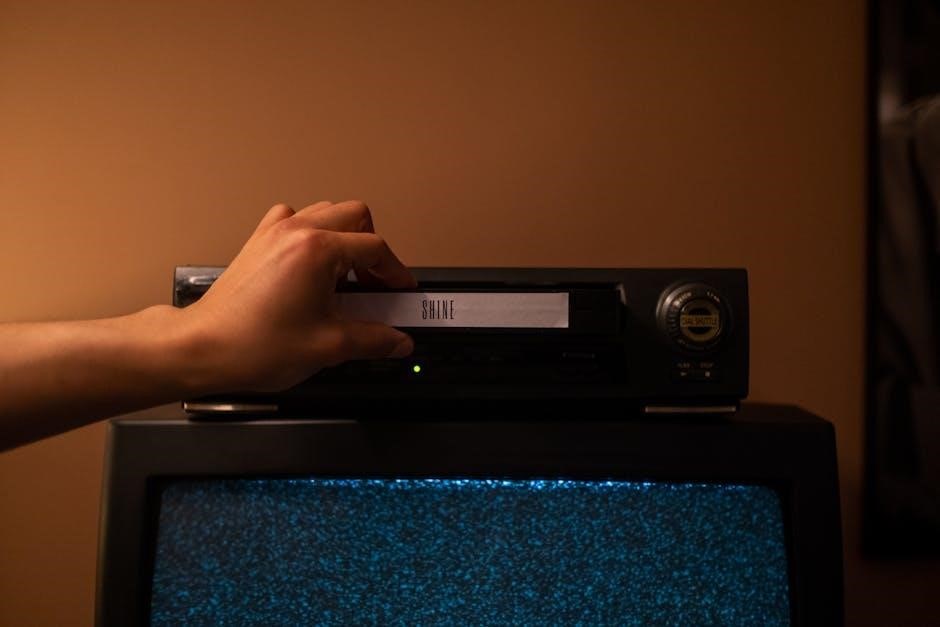ge advantium 120 manual
GE Advantium 120 Manual: A Comprehensive Guide
This manual offers detailed instructions for the GE Advantium 120 oven‚ covering safety‚ installation‚ operation‚ features‚ and troubleshooting. Downloadable PDF versions are readily available.
The GE Advantium 120 represents a significant advancement in oven technology‚ blending microwave‚ convection‚ and broiling capabilities into a single‚ versatile appliance. This oven isn’t just about reheating; it’s designed for rapid‚ efficient cooking and baking. Owners will find a comprehensive manual essential for unlocking its full potential.
This manual serves as your guide to understanding the unique features of the Advantium 120. It details everything from initial installation and setup to mastering the control panel and utilizing specialized cooking modes. Whether you’re a seasoned chef or new to convection cooking‚ the manual provides clear‚ step-by-step instructions.
Furthermore‚ the manual emphasizes safety precautions and provides valuable troubleshooting tips to ensure years of reliable performance. Accessing a digital copy of the owners manual is now easier than ever‚ offering convenient access to vital information.
Understanding the Advantium 120 Technology
The GE Advantium 120 utilizes a unique technology combining microwave energy with convection heating‚ resulting in significantly faster cooking times compared to conventional ovens; This innovative system delivers browned and crispy results‚ mimicking traditional baking and broiling methods. The manual details how this technology operates.
Unlike standard microwaves‚ the Advantium 120 doesn’t solely rely on magnetron-generated waves. It employs a specialized heating process that efficiently distributes heat‚ ensuring even cooking throughout. Understanding this process‚ as explained in the manual‚ is key to maximizing the oven’s performance.
The manual also clarifies the benefits of sensor cooking‚ a feature that automatically adjusts cooking times and power levels based on the food’s moisture content. This intelligent system‚ coupled with manual cook functions‚ provides unparalleled control and convenience. The manual is your resource for mastering these advanced features.
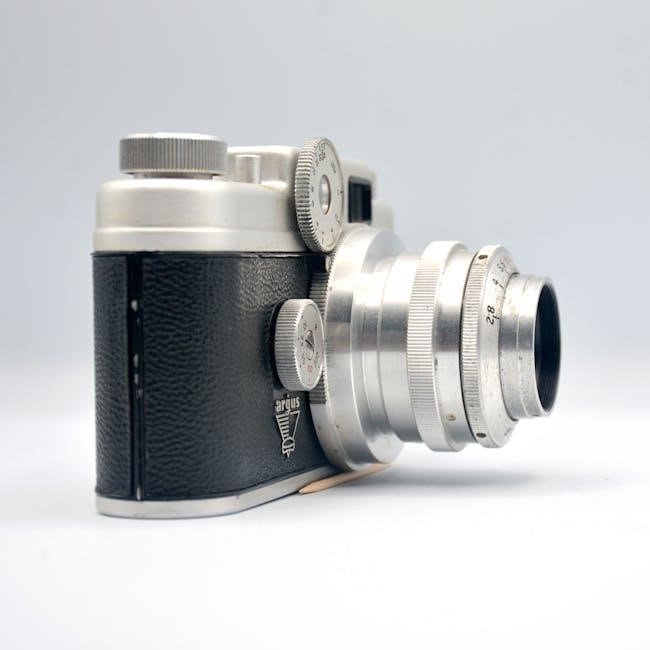
Safety Precautions & Important Information
The manual emphasizes crucial safety guidelines‚ electrical requirements‚ and warnings to ensure safe installation and operation of the GE Advantium 120.
General Safety Guidelines
Prior to operating the GE Advantium 120‚ carefully review all provided safety precautions within the manual. This appliance is designed for household use only‚ and improper operation could lead to potential hazards. Always ensure proper grounding and adhere to all electrical requirements during installation.
Never attempt to repair the oven yourself; contact qualified service personnel for any maintenance or repairs. Avoid using harsh abrasives or scouring pads when cleaning‚ as they may damage the interior surfaces. Supervise children when the oven is in use‚ and ensure they understand the potential risks associated with hot surfaces and microwave radiation.
Do not operate the oven if the door does not close securely or if the seals are damaged. Be cautious when removing food‚ as it may be extremely hot. Always use oven-safe cookware and follow recommended cooking times to prevent overheating or fire hazards. Read the manual thoroughly for a complete understanding of all safety guidelines.
Electrical Requirements & Installation Safety
Proper electrical connection is crucial for safe GE Advantium 120 operation. The manual details specific voltage and amperage requirements; ensure your household wiring meets these specifications. Installation should be performed by a qualified electrician‚ adhering to all local and national codes. Never attempt to modify the power cord or plug.
Before installation‚ disconnect power to the circuit. Verify the appliance is properly grounded to prevent electrical shock. The manual provides detailed instructions for single Advantium/Convection 120 installation‚ including necessary clearances and mounting procedures; Incorrect installation can void the warranty and create a safety hazard.
Inspect the appliance for any damage after installation and before use. Ensure the oven is stable and securely mounted. Follow all installation preparation steps outlined in the manual to guarantee a safe and functional setup. Refer to the manual for specific details regarding accessory storage drawer assembly;
Important Warnings & Notices
Read all warnings and notices in this manual before operating your GE Advantium 120 oven. Never use the oven for anything other than its intended purpose – cooking food. Avoid operating the oven if the door doesn’t close properly or if seals are damaged; Do not attempt repairs yourself; contact qualified service personnel.

Caution: The oven surfaces become hot during and after use. Use oven mitts or pot holders when handling hot cookware. Supervise children closely when the oven is in operation. Never allow anyone to climb on or inside the oven. Be aware of potential hazards associated with microwave energy.
GE expresses confidence in the Advantium oven’s technology through a generous warranty‚ detailed in the manual. Failure to follow these warnings may result in injury or damage. Refer to the manual for complete safety guidelines and important information regarding microwave sensor cooking.
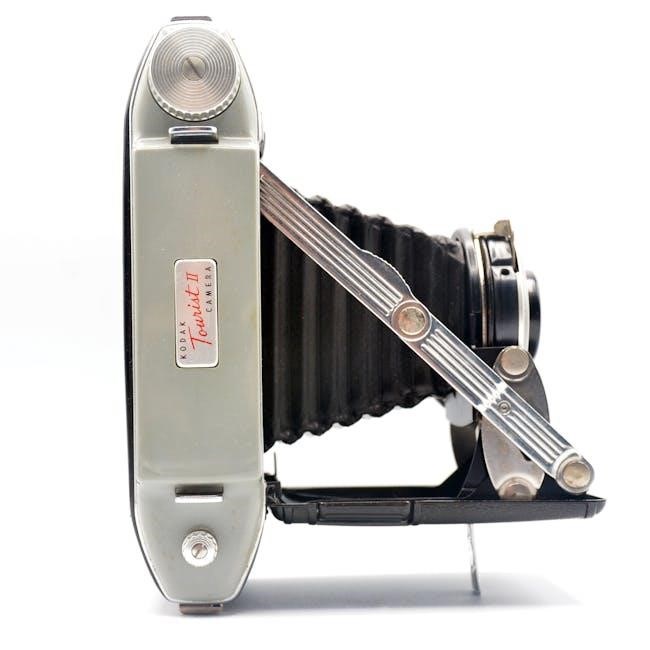
Installation & Setup
Proper installation requires careful preparation‚ including electrical requirements and potentially accessory storage drawer assembly‚ as detailed in the manual.
Installation Preparation
Before beginning the installation of your GE Advantium 120 oven‚ thorough preparation is crucial for a safe and effective setup. Carefully review the electrical requirements outlined in the manual to ensure your home’s wiring meets the necessary specifications.
Confirm adequate space is available‚ considering the oven’s dimensions and required clearances for ventilation. The manual provides specific details regarding these measurements. If installing the optional accessory storage drawer‚ follow the provided assembly instructions meticulously.
Ensure all necessary tools are readily accessible. Prior to commencing‚ disconnect the power supply to the designated installation area as a vital safety precaution. Familiarize yourself with the single Advantium/Convection 120 installation guidelines detailed within the manual for a streamlined process.
Accessory Storage Drawer Assembly Instructions
Assembly of the GE Advantium 120’s accessory storage drawer is a straightforward process‚ detailed within the manual. Begin by identifying all included components‚ referencing the parts list to ensure everything is present.
Carefully align the drawer sides with the base‚ securing them using the provided screws. Ensure screws are tightened firmly‚ but avoid over-tightening to prevent damage. Next‚ attach the drawer front‚ verifying proper alignment before final fastening.
Install the drawer slides onto both the drawer itself and the designated cabinet opening‚ following the manual’s diagrams precisely. Gently slide the assembled drawer into the cabinet‚ testing for smooth operation. Refer to the installation preparation section for context.
Single Advantium/Convection 120 Installation
Installing a single GE Advantium/Convection 120 requires careful adherence to the manual’s guidelines and electrical requirements. Prior installation preparation is crucial‚ ensuring the cabinet opening meets specified dimensions.
Connect the oven to the appropriate electrical circuit‚ strictly following safety protocols. Securely mount the Advantium 120 within the cabinet‚ utilizing the provided mounting hardware. Verify the oven is level and stable before proceeding.
Double-check all connections‚ confirming proper grounding. After installation‚ test the oven’s functionality‚ verifying all cooking modes operate correctly. Refer to the manual for detailed diagrams and troubleshooting tips. Proper installation ensures optimal performance and longevity of your appliance.
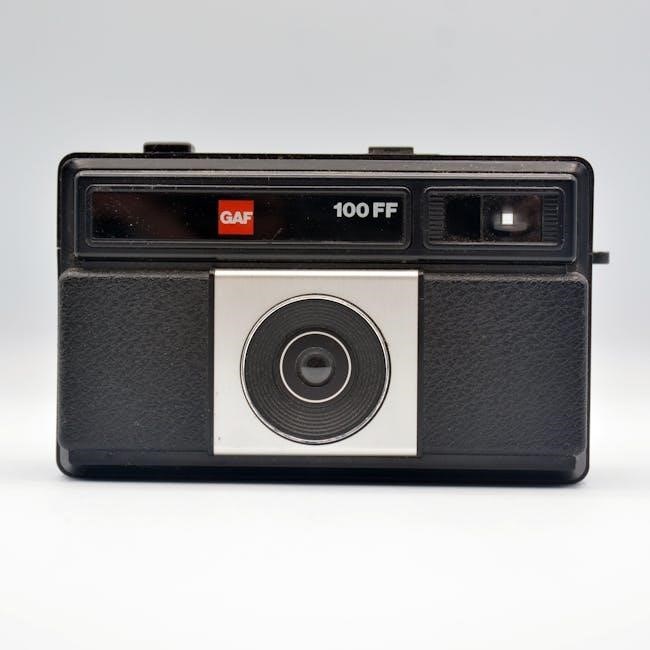
Operating Instructions
The GE Advantium 120 offers intuitive controls‚ manual cook functions‚ and microwave sensor cooking for convenient and precise meal preparation‚ as detailed in the manual.
Control Panel Overview
The GE Advantium 120’s control panel is designed for user-friendly operation‚ featuring a clear display and intuitive buttons. Manual cook options allow precise control over cooking time and power levels. The microwave sensor functions automatically adjust cooking times based on food moisture‚ ensuring optimal results.
Key buttons include options for convection cooking‚ broiling‚ and baking‚ alongside dedicated settings for popular dishes. Recipe programming and memory functions enable you to store frequently used settings for effortless recall. The panel also provides access to safety features and troubleshooting guidance. Familiarizing yourself with the control panel layout‚ as outlined in the manual‚ is crucial for maximizing the oven’s capabilities. The display provides real-time feedback on cooking progress and selected settings‚ enhancing the overall cooking experience.

Using Manual Cook Functions
Manual cook functions on the GE Advantium 120 provide complete control over your cooking process. To begin‚ press the “Manual” button on the control panel. You can then adjust the power level‚ ranging from low to high‚ to suit your recipe’s needs. Next‚ set the desired cooking time using the number pad or the time adjustment buttons.
For precise control‚ utilize the “Time Cook” option for specific durations‚ or “Power Level” to set a percentage of microwave power. Remember to consult the manual for recommended power levels for various food types. The oven will automatically start cooking once the settings are confirmed. During operation‚ you can pause‚ adjust‚ or cancel the cooking cycle as needed. Mastering these manual settings unlocks the full potential of the Advantium 120 for customized cooking.
Utilizing Microwave Sensor Cooking
The GE Advantium 120 features Microwave Sensor Cooking‚ a convenient function that automatically adjusts cooking time and power levels based on the moisture content of your food. To use this feature‚ press the “Sensor Cook” button. Then‚ select the appropriate food category from the available options – such as “Potato‚” “Vegetables‚” or “Popcorn.”
Ensure the food is placed in a microwave-safe container and the door is closed. The oven will then begin sensing the moisture levels and automatically determine the optimal cooking time. The manual emphasizes that this function works best with single servings. Avoid opening the door during the sensing process for accurate results. This intelligent technology simplifies cooking‚ delivering perfectly cooked meals with minimal effort‚ as detailed in the owner’s manual.

Features & Functions

GE Advantium 120 boasts convection‚ broiling‚ baking‚ and recipe programming capabilities‚ offering versatile cooking options detailed within the comprehensive owner’s manual.
Convection Cooking Mode
Convection cooking in the GE Advantium 120 utilizes a fan to circulate hot air around the food‚ resulting in faster and more even cooking compared to traditional methods. This mode is ideal for roasting‚ baking‚ and browning‚ ensuring consistent results every time. The manual details specific temperature adjustments needed when converting traditional recipes for convection use.
Benefits include reduced cooking times and the ability to cook multiple dishes simultaneously without flavor transfer. The Advantium 120’s convection system is designed for optimal performance‚ offering precise temperature control and consistent airflow. Refer to the manual for recommended rack positions and cooking guidelines for various food types. Understanding these nuances will unlock the full potential of this powerful cooking feature‚ delivering restaurant-quality results in your home kitchen. Proper use‚ as outlined in the manual‚ ensures efficient energy consumption and superior cooking performance.
Broiling & Baking Features
The GE Advantium 120 offers versatile broiling and baking capabilities. The manual provides detailed instructions for utilizing both features effectively. Broiling achieves high-heat surface browning‚ perfect for meats and vegetables‚ with adjustable rack positions detailed in the guide. For baking‚ the oven delivers consistent temperatures‚ ideal for cakes‚ cookies‚ and casseroles.
The manual emphasizes the importance of using appropriate cookware and following recommended cooking times. It also outlines safety precautions for broiling‚ such as keeping the oven door slightly ajar to prevent overheating. Understanding the oven’s temperature controls and preheating procedures‚ as explained in the manual‚ is crucial for optimal results. The Advantium 120’s precise temperature regulation ensures even baking and perfectly browned broiled dishes. Refer to the manual for specific settings and tips for achieving culinary excellence.
Recipe Programming & Memory Functions
The GE Advantium 120’s manual details its convenient recipe programming and memory functions. Users can store frequently used cooking settings for effortless recall‚ eliminating the need to repeatedly input parameters. The manual guides you through the process of saving custom cooking profiles‚ including time‚ temperature‚ and power levels.
These memory functions are particularly useful for favorite dishes or recipes requiring precise settings. The manual explains how to access and modify saved recipes‚ offering flexibility and customization. It also clarifies the number of recipes the oven can store. Utilizing these features streamlines the cooking process‚ ensuring consistent results every time. The manual provides step-by-step instructions‚ making recipe programming accessible even for novice users. Mastering these functions enhances the overall cooking experience with the Advantium 120.

Maintenance & Troubleshooting
The manual provides cleaning guidance‚ troubleshooting for common issues‚ and warranty details for the GE Advantium 120 oven‚ ensuring optimal performance.
Cleaning & Care Instructions
Regular cleaning maintains your GE Advantium 120’s performance and longevity. Always disconnect power before cleaning. The interior can be wiped down with a damp cloth and mild detergent; avoid abrasive cleaners. For stubborn splatters‚ utilize the steam clean function‚ if equipped‚ following the manual’s specific instructions.
The exterior should be cleaned with a soft cloth. The accessory storage drawer is removable for easier cleaning. Ensure all surfaces are thoroughly dried after cleaning. Avoid spraying liquids directly into vents or openings. Refer to the manual for detailed guidance on cleaning specific components‚ like the turntable or convection rack. Proper care extends the life of your oven and ensures optimal cooking results. Always consult the manual before using any specialized cleaning products.
Troubleshooting Common Issues
If your GE Advantium 120 isn’t heating‚ check the power supply and ensure the door is securely closed. For sensor cooking problems‚ verify the sensor window is clean and unobstructed. If the oven displays an error code‚ consult the manual’s error code section for specific solutions. Uneven cooking can often be resolved by ensuring proper food placement and utilizing convection settings;

A buzzing sound might indicate an obstruction; remove any items near the magnetron. If the turntable isn’t rotating‚ check for obstructions underneath. Refer to the manual for detailed troubleshooting steps and diagrams. If issues persist‚ contact GE customer support‚ providing the model number for assistance. Always prioritize safety and disconnect power before attempting any repairs. The manual provides valuable guidance for resolving common problems.
Warranty Information
GE offers a comprehensive warranty on the Advantium 120 oven‚ reflecting their confidence in its innovative technology. The standard warranty typically covers parts and labor for one year from the original purchase date. Extended warranties may be available for purchase‚ providing additional coverage for extended periods. This warranty protects against defects in materials and workmanship under normal household use.
To make a warranty claim‚ retain your proof of purchase and contact GE customer service. The manual details the specific terms and conditions of the warranty‚ including exclusions and limitations. GE may require the appliance to be inspected or repaired by an authorized service technician. This generous warranty ensures peace of mind and demonstrates GE’s commitment to customer satisfaction. Refer to your manual for complete details.

